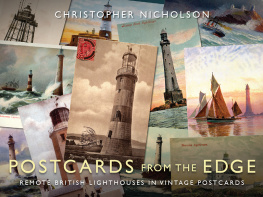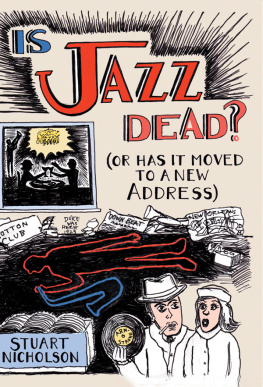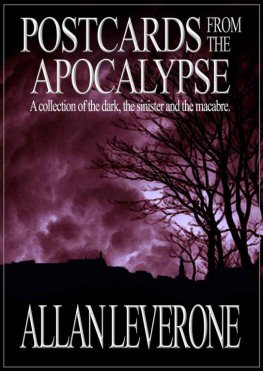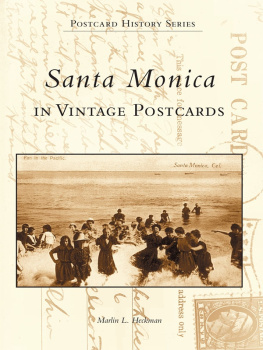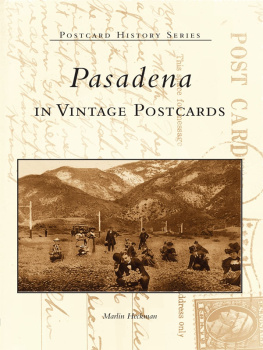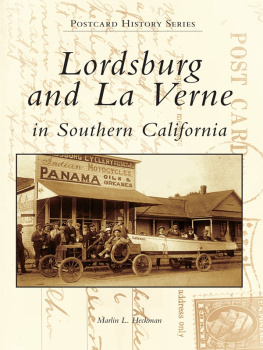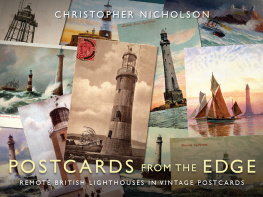
Published by Whittles Publishing Limited
Dunbeath, Caithness, KW6 6EY, Scotland
www.whittlespublishing.com
2010 Christopher Nicholson
All rights reserved.
No part of this publication may be reproduced, stored in a retrieval system, or transmitted, in any form or by any means, electronic, mechanical, recording or otherwise without the prior permission of the Publishers.
ISBN: 978-1-84995-251-4
Cover and text layout by Mark Mechan

CONTENTS

A party of visitors to round Island lighthouse in the Scilly Isles have made their way from the landing stage towards the lighthouse. The men are dressed in smart tweed jackets and hats which suggest that this could be a Sunday outing. even though the island was completely devoid of any other building, or shelter, this particular light was a popular destination for such trips. The man leading the procession with a small child in hand has a white cap on indicating that he is probably one of the keepers.
Compiling this book has been a long and fascinating hunt through many private collections, lighthouse authority archives, postcard and antiques fairs, and internet auction sites to unearth some of the treasures that appear in the following pages.
To find some of these cards Ive met or spoken with a large number of postcard collectors and lighthouse enthusiasts who have been only too willing to show me their collections and even trusted me to borrow some of the priceless contents for scanning. In many cases it was difficult to know what to leave behind. Without the help and patience of the following people, this book would probably never have been published; Chris Foulds, Keith Hall, Brian Chilton, Derrick Jackson, Barry Hawkins, Eddie Dishon, Mike Millichamp and Patrick Tubby.
I must also mention Lorna Hunter and Ian Webster at the Northern Lighthouse Board, and Vikki Gilson at Trinity House for their unfailing help when I was trying to track down a card of some far-flung island light, and Gerry Douglas-Sherwood, the archivist of the Association of Lighthouse Keepers (ALK) who turned up some real gems.
I should also emphasise that every image in this book has come from an actual postcard. Not a postcard-sized photograph, but an actual printed postcard that was published and sold, some of them over a century ago. Sometimes the cards are indeed actual photographs, sometimes an artists drawing or painting. Some of them have been through our postal system and bear stamps, while others have never been postally used. But they have all been bought by someone as a postcard and have some or all of the characteristics associated with a postcard the divided back, the square space for the stamp, the publishers details, and the location of the image.
What I hope has resulted from all this research is not just a book of old postcards, but a document of true social history permanent records of architectural masterpieces, the men who built and looked after them through storm and tempest, snapshots of the past and moments in time from the very edge of Britain.
Christopher Nicholson
November 2009



The ugly teeth of the Eddystone reef seem to encircle the present lighthouse and the stump of Smeatons tower. The writer of this card, which was posted to Adelaide in Australia in July 1904, has declared Hope to sail out here tomorrow but not this close one hopes.
Pillar rock lighthouses epitomise our traditional view of a lighthouse magnificent towers of granite rising from a sea-washed reef miles from the nearest land. They were built over a century ago by men of vision and determination with names like Douglass and Stevenson and manned by a special breed of keepers. They were lonely, cramped outposts of Britain subjected to ferocious assault by wind and waves. Despite their remoteness, they were an incredibly popular subject for postcards, and a vast number of them were produced featuring all the major British pillar lighthouses. For most people, their only view of such feats of engineering would be in a postcard. Sadly, they no longer have their keepers, but their warning flashes are as reliable as ever.
BISHOP ROCK

A spectacular aerial shot of Bishop Rock lighthouse rising from a swirl of white water. The white lantern used to house one of the largest optics in the Trinity House service an 11 ton giant which gave its flash a range of 29 miles. Todays lantern has a slightly reduced range.
Bishop Rock lighthouse rises from the westernmost reef of the Scilly Isles. The present tower is the third structure to have been placed here the first, designed by James Walker, was swept away in a gale in 1850 before it was operational, and a second tower of 1858 built by James and Nicholas Douglass proved inadequate under the onslaught of fearful Atlantic storms. It was in service for less than 30 years and is actually encased inside the present 1887 tower when it was raised and strengthened.
At 160ft, this lighthouse tower is certainly the tallest in Britain and probably the most exposed. To the west are over 3,000 miles of uninterrupted Atlantic Ocean, which smash against it with a force difficult to comprehend unless you are inside when it is shaking and shuddering. Wave pressures of up to 7,000lbs per sq ft have been recorded here powerful enough to split granite blocks and tear a 5 cwt fog bell from its mountings on the lantern gallery.
The present Bishop Rock lighthouse was built between 188387 by William Douglass to the designs of his father, James Douglass an almost identical copy of his newest Eddystone lighthouse of 1882. With precision stonemasonry it was built around the second tower, completely enveloping it without a single night of its warning flash being lost. Its the first sight of Britain that trans-Atlantic passengers on the great liners would get after leaving America, and it became the unofficial end of the 2,949 mile Blue Riband race from New York. What these passengers probably wouldnt realise is that, according to the Guinness Book of World Records , Bishop Rock is the worlds smallest island with a building on it! The relief of the keepers here when it was still done by boat became a popular tourist attraction.


